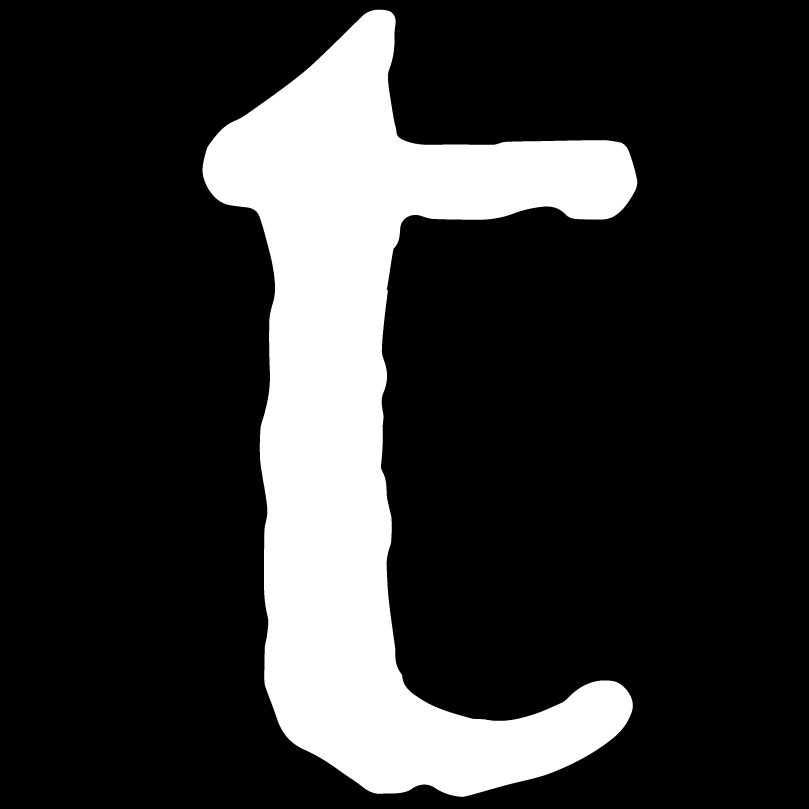Wednesday 01 April 2009
by: Jim Jaffe | Visit article original @ Health Beat Blog

A plan to give America's uninsured access to health plans offered to members of Congress may not be reachable for many Americans due to cost. (Photo: Paul Darrow / National Post)
An insider's perspective.
Allowing America's uninsured access to the health plans offered members of Congress - along with everyone else on the federal payroll - could help those who could afford it although many would probably find the premiums beyond their reach, to say nothing of the subsequent deductible and copay requirements.
But such a step would do little to reform the nation's healthcare system because the Federal Employees Health Benefit Plans differ little from insurance plans offered by other large employers.
Federal workers and retirees may select a plan at a cost ranging from just under $100 monthly for the cheapest individual plan to better than $500 for the most expensive family plan. In each case, the government pays a significantly larger amount, generally about 70 percent of the total premium. Current FEHBP premiums can be found here.
The federal plans - including point-of-service, HMOs and consumer-driven options - mirror those offered by large private employers via the usual insurers. Like a large employer, the federal government has the bargaining power to imposes some restraint on premium increases and to assure that human resources personnel negotiating the contracts have included basic benefits. If a cancer is diagnosed, you don't have to worry that the disease - or appropriate chemotherapy - is excluded from coverage. And because the group is large, it is possible to immediately cover expensive pre-existing conditions.
Out of pocket expenses are capped in an effort to guarantee that a requirement to pay up to several thousand dollars in bills doesn't balloon into a situation that throws the insured into bankruptcy. The one unique thing about the government plans is that they're analyzed by Consumer Checkbook in a way that makes comparison shopping a real possibility.
But such plans are not particularly user friendly or structured for efficiency. My insurer finds it impossible to provide a current list of preferred providers, so it is necessary to check their status when an appointment is made, a sometimes confusing assignment because doctors are unaware that my insurer is affiliated with their network.
Assistance in navigating the system is limited. If a question is too complex for those at the call center to answer, there's no way to reach those higher up the food chain without writing a letter and patiently awaiting a response.
Explanations of benefits or coverage are not always explicit. Our insurer insisted on rejecting claims based on their incorrect assumption that we had Medicare Part B coverage. And while they delivered on their promises of a free mammogram annually for my wife, they insisted that the mandatory $25 computerized reading fee imposed by the preferred provider network selected was not covered. The way they read things, the mammogram was truly free. Of course, if you wanted someone to read it and tell you what they found, there was this slight extra charge....
There's no help in selecting providers who rely on evidence-based medicine. Calls to their help line about an immediate problem inevitably result in a recommendation to report to the local emergency room.
Granted from the perspective of an uninsured consumer having access to the federal plan would be far better than no insurance - if you can afford it. But the FEHBP plans are clearly part of the old, flawed system that reformers talk about changing. From an economic perspective, they are more problem than solution. Premiums regularly rise at a rate double inflation.




























No comments:
Post a Comment